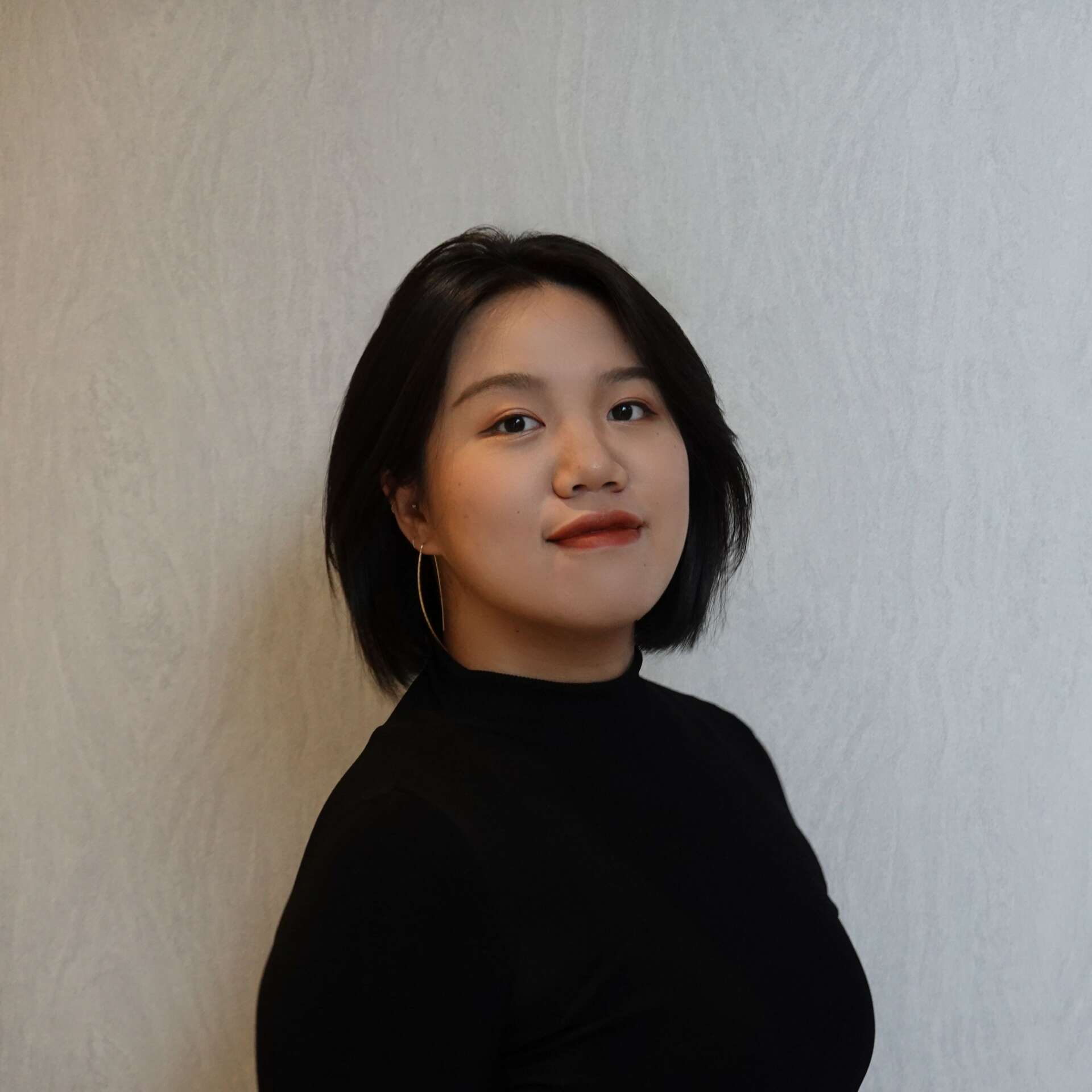We recently connected with Qingan Zhang and have shared our conversation below.
Hi Qingan, thanks for joining us today. I’m sure there have been days where the challenges of being an artist or creative force you to think about what it would be like to just have a regular job. When’s the last time you felt that way? Did you have any insights from the experience?
I guess in my opinion, being a designer is like having a cheat sheet to this question. I am really grateful that both my disciplines as a theatre maker and interior designer can come across. Practically speaking, a regular job seems to be a more sustainable way of living; a career path that your parents would be satisfied with. Honestly, I did spend some time after I started working reconciling with myself on how a regular job might sound different from what one had learnt from school. I was not against that routine but that kind of difference made me question what kind of person I would like to be; what kind of career I would like to pursue indeed. A regular job preoccupies at least 8 hours a day and what remains in my life after that? How would I like to spend the remaining time every day if I don’t have overtime work? Those questions motivate me to continue making theatre besides my job, though the time I could dedicate to this creative process is very limited and may also mean to sacrifice not only your sleeping schedule but also your holiday breaks for techs and rehearsals. On the other hand, I also appreciate that my regular interior design job challenges me with a distinctive mindset while providing me chances to encounter and deal with different kinds of people in multiple industries other than the creative one. My daily work pattern reminds me of the famous quote from William Blake, “to see a world in a grain of sand”. I cherish every single person I encounter as every single one of them brings in a unique narrative and my responsibility is to weave that narrative into my design to create a multi-dimensional tapestry of dwelling experience.
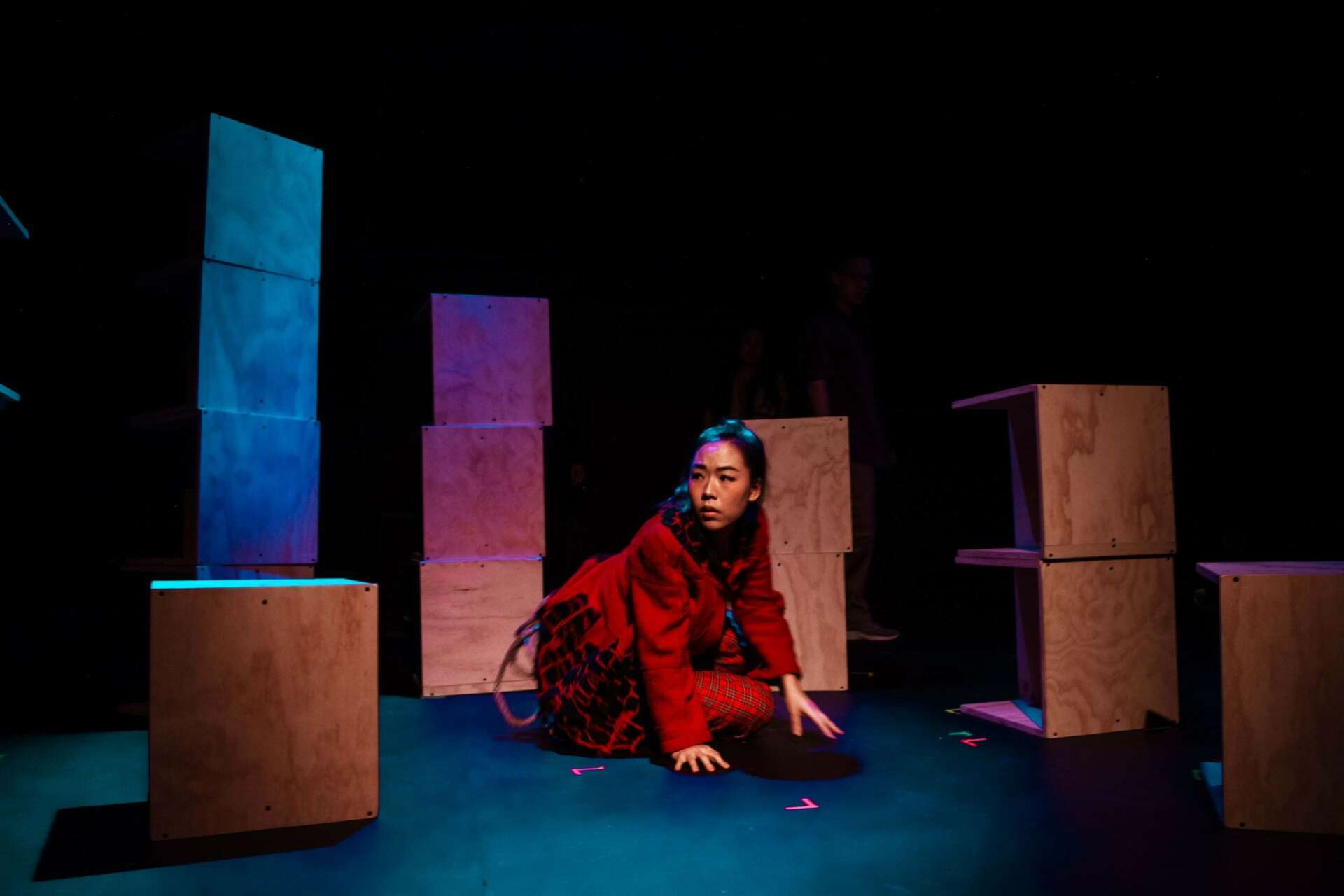
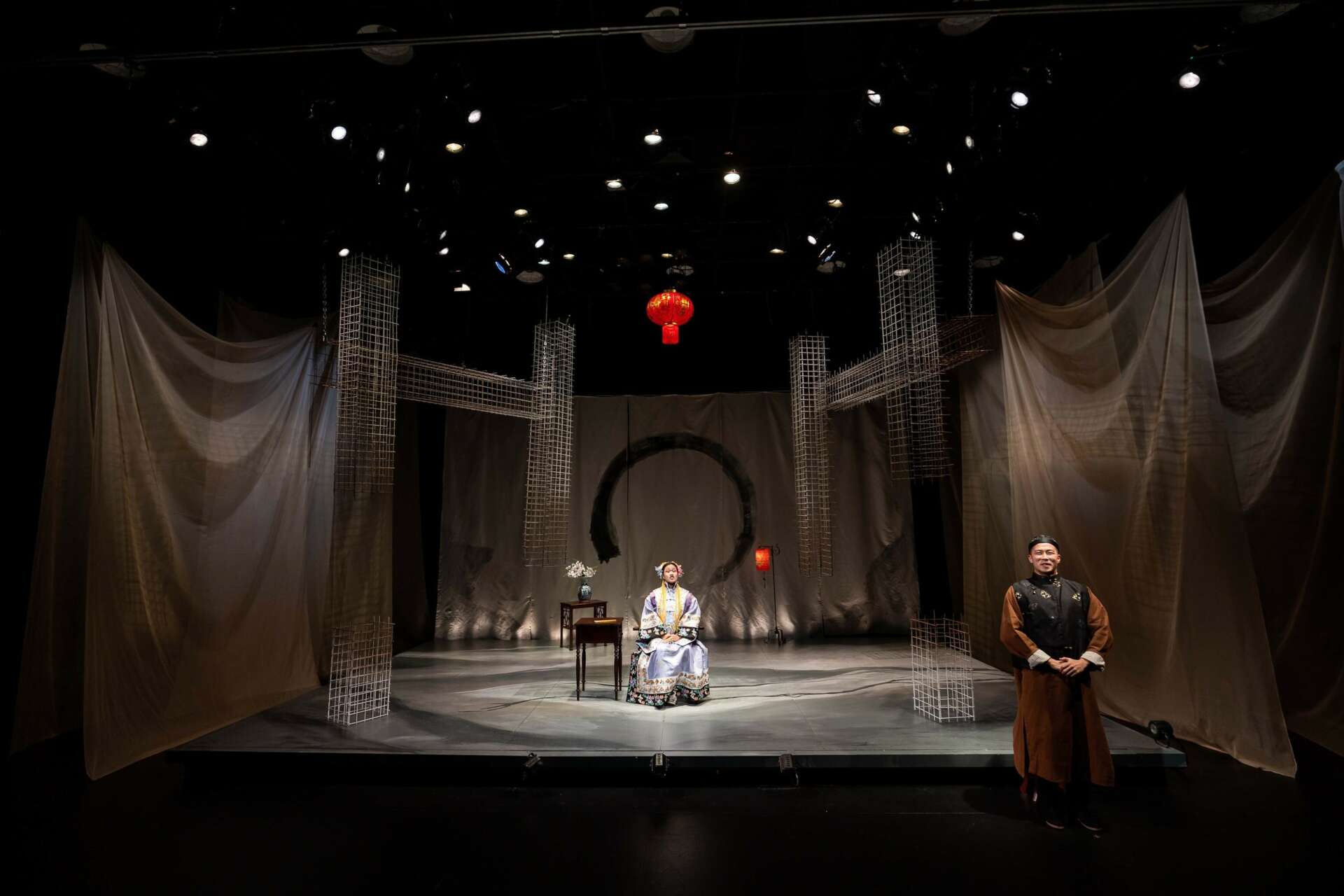
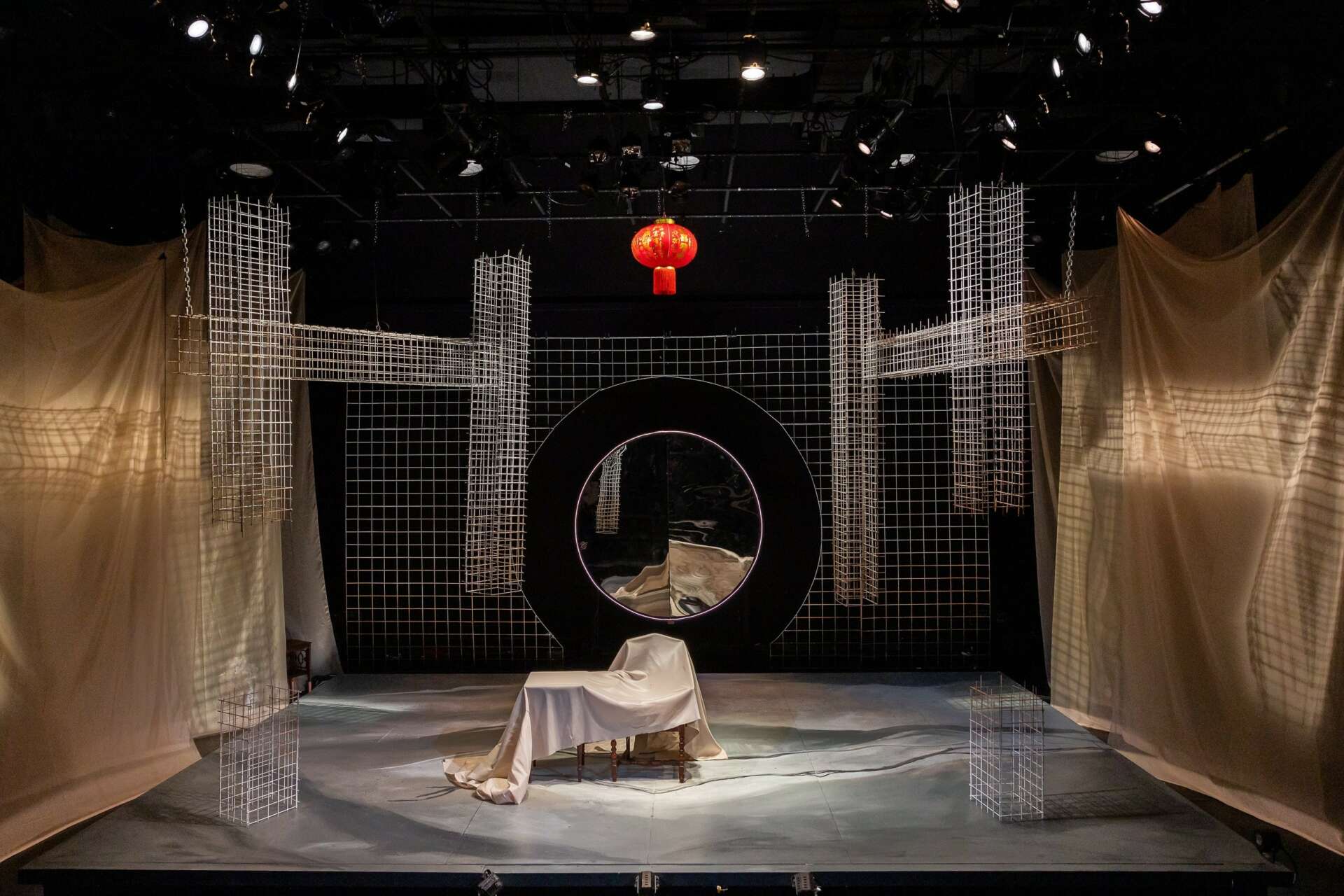
Qingan, love having you share your insights with us. Before we ask you more questions, maybe you can take a moment to introduce yourself to our readers who might have missed our earlier conversations?
I would like to define myself as a spatial designer who seeks to empower physicality within the storytelling of the integrated spatial experience through layers of materials, objects, and body movements. Coming from an interdisciplinary theatre and interior design background, I would like to challenge the narrative within the set by introducing common construction materials that might not be used quite often on stage.
For example, in the set I designed for “The Chinese Lady” at Central Square Theater in Boston in 2022, I introduced wire mesh sheets to build a structure that captured the architectural essence of a traditional Chinese home gathering space but more timeless and balder in a sense while wrapping the entire space with translucent fabric curtains which finally teared down by the main actor. During the final scene, a round mirror was revealed upstage as a motif of a reversible observer-audience dynamic between what was happening on stage and the rest of the world. What I would like to communicate through the materials and the transformation of the set was to bridge the gap between a historical narrative and contemporary social contexts through the physical boundaries of the set itself. Why would this story matter to the present audience? How could I break the boundaries or at least make it permeable? These were two of the major conceptual questions I kept asking myself during that time.
I also would like to maximize functionality of the set either by using single material and converting them into multiple forms or adding multiple contextual layers to the objects. The set I designed for “The Match Girl” that showcased at Chain Theater this past July, me and my team built 18 cubic wood stools that could easily be converted into a home setting, a jail and even a symbolic gesture of violence combined with choreographed movements. The tectonic language morphed throughout the performance so that the audience could concentrate more on the narratives of each character while capturing the hidden message the playwright would like to deliver.
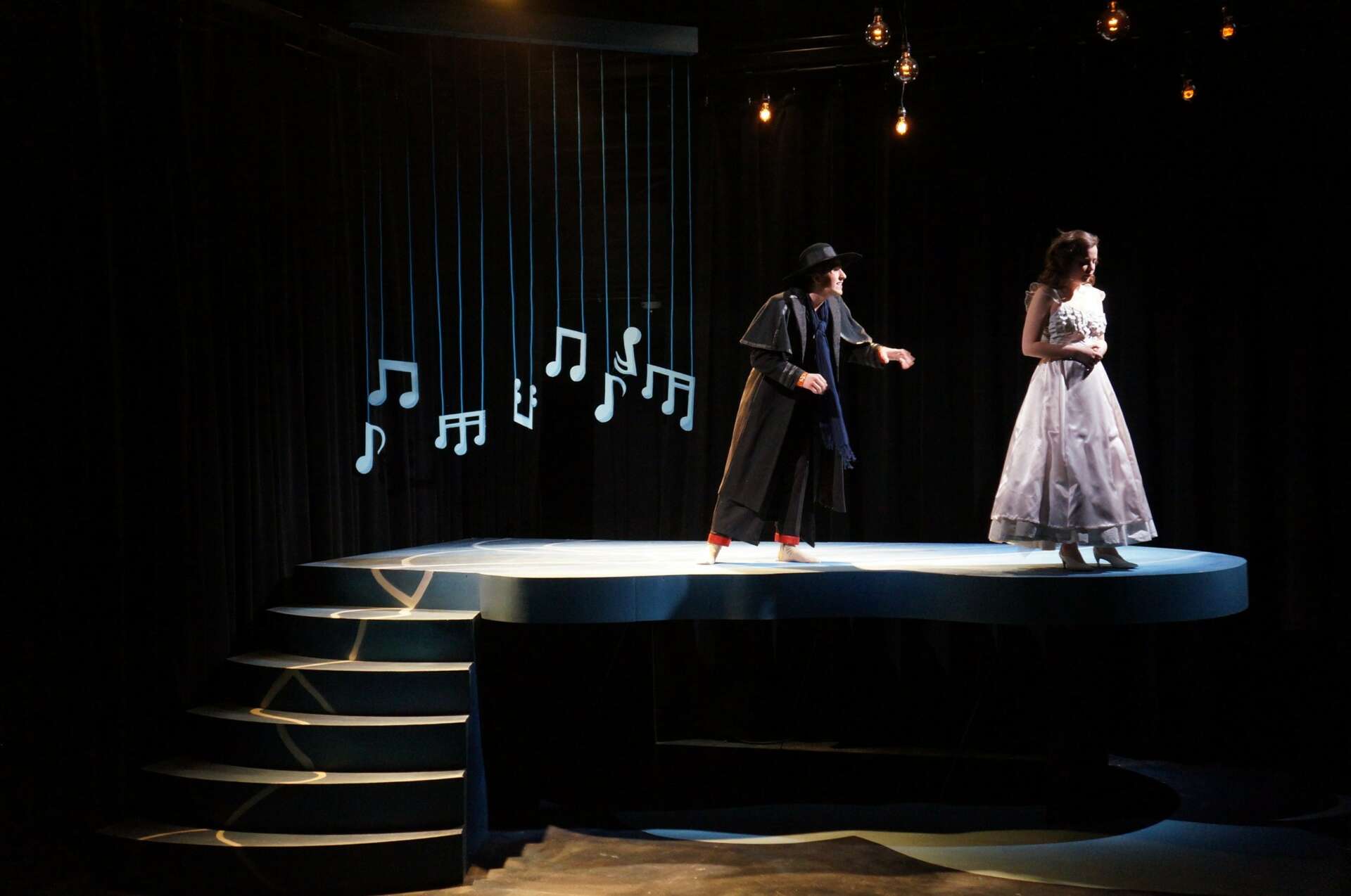
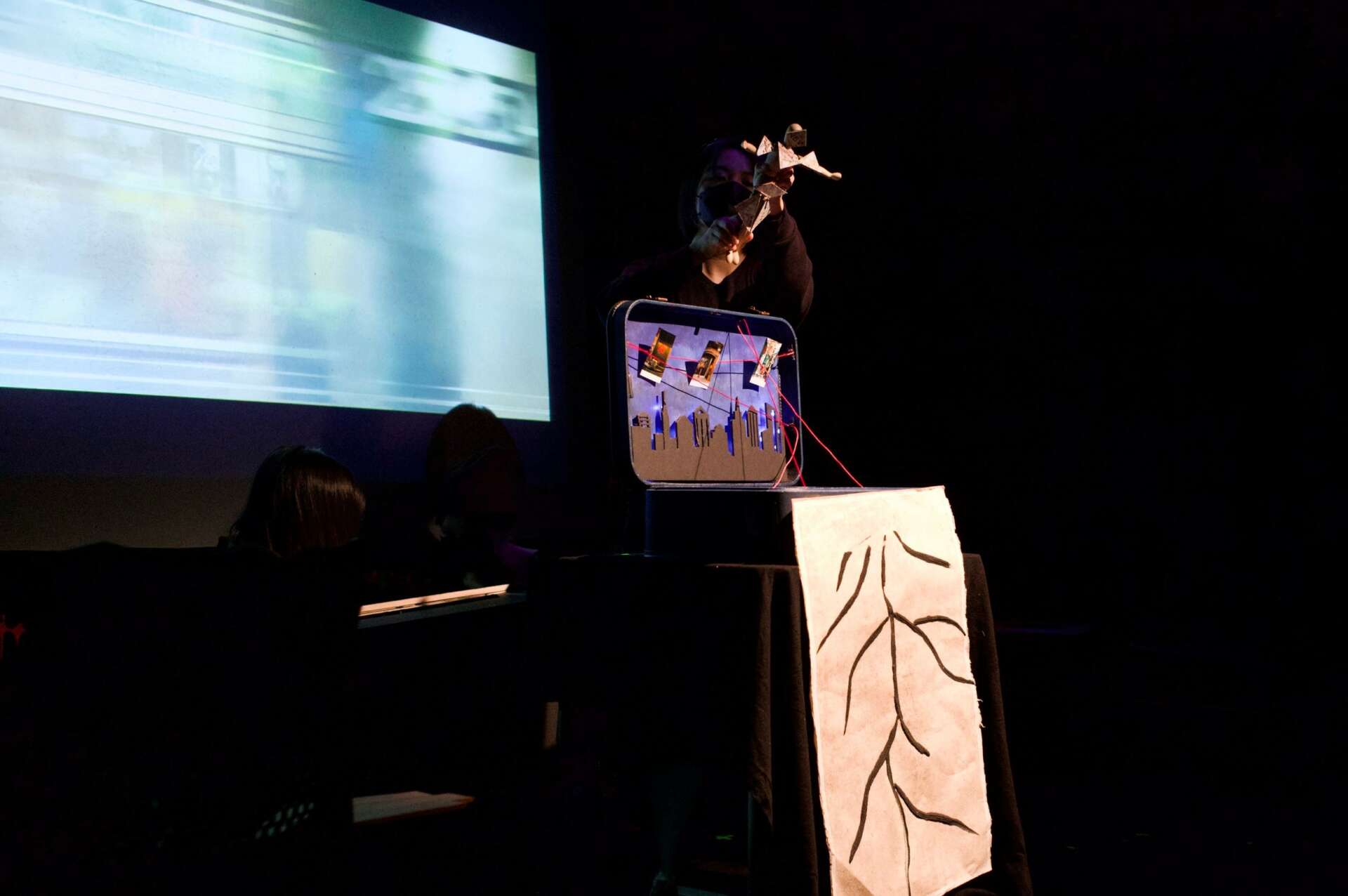
How can we best help foster a strong, supportive environment for artists and creatives?
This year has been tough especially for independent theatre artists as many seasons and residency programs have to be cut or shrunk in sizes due to shortage in programing budgets. To best support artists, the society needs to acknowledge more on the importance and power of creative work by providing more platforms and fundings. This might sounds ordinary but in order to incubate new projects in the real world, survival has become the baseline minimum. Meanwhile, when new technology has dominated the center of the world, it is also the time to embrace with the creatives for a win-win creative ecosystem.


What do you find most rewarding about being a creative?
I think the most rewarding aspects of being a creative is when my works can resonate with the audience. As an immigrant artist coming from a cultural diaspora background, I am eager to seek narratives that can arouse a collective bonding across cultures, nations, races or genders. I am attached to explore motifs and metaphors that can connect my works with a broader audience group through forms, emotions, and sensations. These moments always inspire me to continue explore a collective narrative lost in words and beyond.
Contact Info:
- Website: qinganz.com ; cellunova.org
- Instagram: @zqingan @ginqan
Image Credits
The Chinese Lady (Scenic Design) Sophorl Ngin and Jae Woo in The Chinese Lady at Central Square Theater, dir. Sarah Shin. Photo: Nile Scott Studios. How I Disappeared (Devisor) Qingan Zhang, Ningyi Zhang and Jiaoyang Li in How I Disappeared at HERE Arts Center, dir. Tianding He. The Match Girl (Scenic Design) Miranda Kang in The Match Girl at Chain Theatre, dir. Jianing Zhao. Presented by Cellunova Productions. Photo: Gillian Harrill Eurydice (Scenic Design) Interior Design ©Jarret Yoshida, Inc. Photo: Anastassios Mentis


